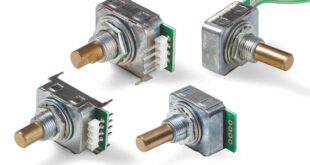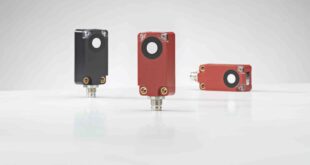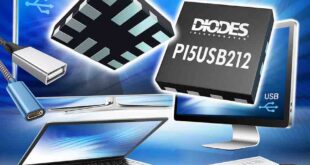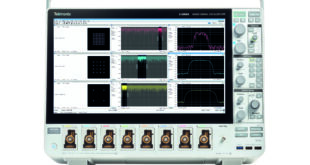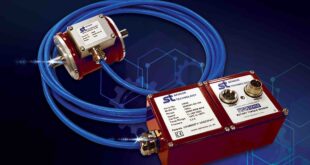Thanks to their compact construction, single-phase cable fault location systems in the new Primeon range from Megger can be accommodated in a standard pick-up truck, trailer, and other small vans, which means they can readily be used where access would be difficult or impossible with a larger vehicle.
Centrally controlled and fully integrated, Primeon systems are readily adapted to suit specific user requirements and can also be supplied in trailer-mounted versions that eliminate the need for a dedicated vehicle. Where more space is available, they can be extended to include comprehensive cable test and diagnostic facilities.
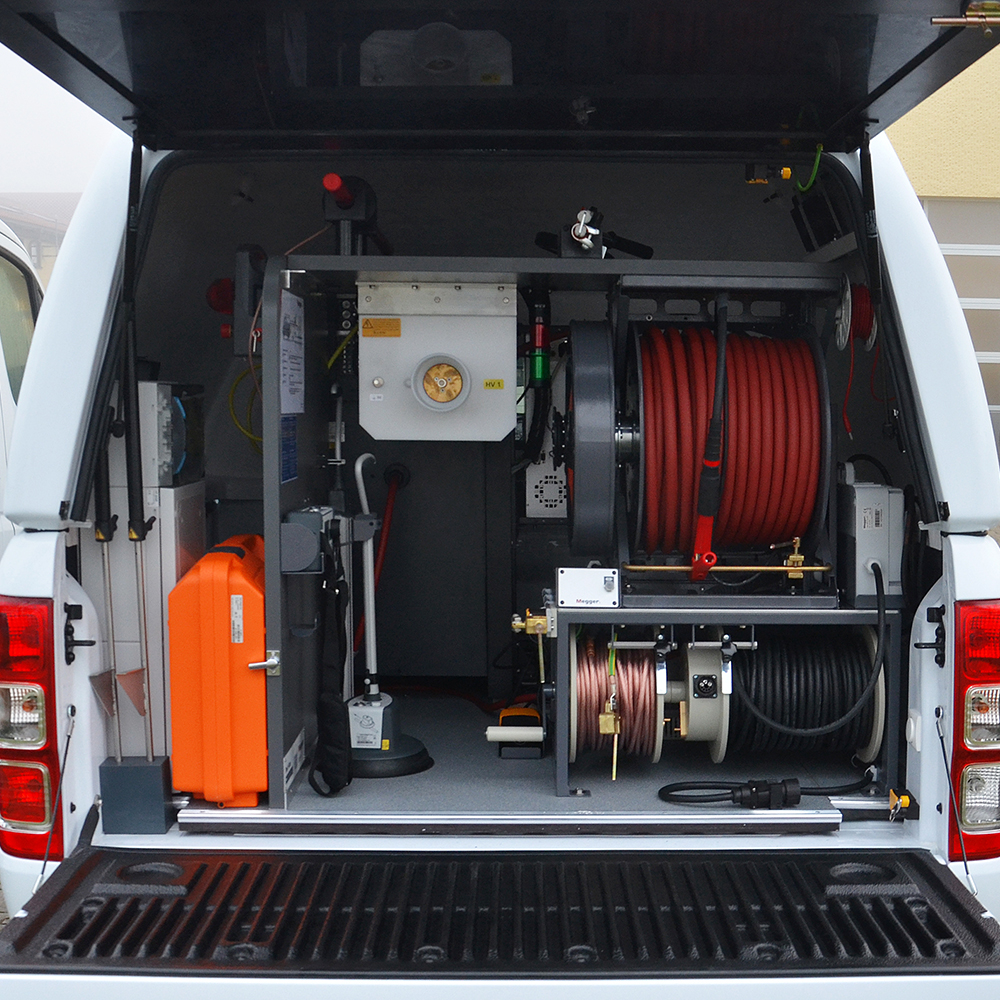
To help ensure successful location of all types of cable fault, Primeon systems offer, as standard, seven different technologies for fault finding: insulation resistance testing, time domain reflectometry (cable radar), HV DC (hipot) testing, fault conditioning, TDR-based and transient methods, magnetic-acoustic pinpointing and sheath testing with sheath-fault pinpointing.
Arc reflection method (ARM) technology is also supported; multiple fault traces are captured, and the best of these is displayed automatically. Primeon systems offer both ICE (surge pulse) and DECAY test methods. All tests are conducted from a single control unit that features an intuitive graphical user interface.
“Service interruptions caused by faults on underground cables are costly and disruptive,” said Sandy Woodley of Megger, “so utilities need to be able to tackle them quickly and effectively. However, taking separate portable instruments to the site and setting them up can be time-consuming and inconvenient, while many problems occur in locations that can’t be reached with typical large cable test vehicles. Primeon provides a solution – it can go almost anywhere and it’s ready for use as soon as it gets to the site. We believe that it will quickly deliver big cost savings for users.”
Primeon base systems include a Teleflex SX-1 time-domain reflectometer, a powerful 40 kV DC source, a multi-stage surge-wave generator with an output of up to 32 kV at 2,000 J, and a high-frequency burner operating at up to 40 kV for fault conversion. The systems can deliver burn-down currents up to 850 mA. Convenient cable management facilities are also provided. Depending on the user’s requirements and the space available in the vehicle or trailer, additional options include systems for cosine-rectangular and sine-wave VLF testing, TanDelta and partial discharge testing, and DAC testing.
 Engineer News Network The ultimate online news and information resource for today’s engineer
Engineer News Network The ultimate online news and information resource for today’s engineer
